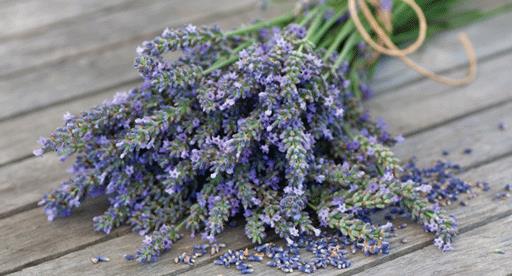
Flowers are a simple and beautiful way to add colour and fragrance to your home. A small vase on a bedside table when you have guests to stay, or an outdoor dining table adorned with freshly picked flowers makes a delightful finishing touch. If you grow your own for picking, they are also cost effective.
Flowers not only look and smell beautiful they are also a functional addition to your backyard, attracting bees, to help improve pollination rates of all those homegrown vege plants you’ve been carefully tending.
When selecting varieties to plant with the intention of picking, choose long stemmed varieties with a long vase-life. Over summer some good options include:
- Wildflowers - sow a packet of wild flower seeds and pick a bouquet that showcases a rainbow of colours.
- Hydrangeas – these last well once picked, dry well, and have attractive foliage.
- Lavender – beautifully scented, easy-care, dries well and particularly good for attracting bees.
- Stock – a tall flower that comes in a variety of colours.
- Dahlias – available in a variety of interesting petal shapes and colours.
- Sunflowers – make a dramatic statement on their own in a vase.
If you’re short on flowers, top up with, or create a whole bouquet from foliage. Magnolia or camellias are evergreen and have attractive, long lasting foliage; rosemary will add a delicious savoury scent to your posy; and flax lasts well and adds a ‘Kiwi’ touch to a bouquet.
Tui Tips
- Edibles that have gone to seed make whimsical bouquets – coriander, parsley and rocket all have attractive flowers.
- If you don’t have a vase, use a preserving jar or old bottle for an organic, vinatge look.
- Replace vase water every few days to increase the lifespan of your flowers.
Watch the Tui Flower Growing Guide for top tips to grow flowers successfully.
Post a comment
Bouquets from your Backyard Comments
Can you tell me the name of lavender in the picture please
Julie Knol
How do you take a cutting of hydrageas?
Tracy
I am pretty sure it is Lavender Grosso.
Sue M
Hi Julie, the lavender is a dwarf English variety and is either ‘Munstead’ or ‘Hidcote’. The Grosso variety is more open, taller growing and less compact than these varieties. Thanks! Jenna - Tui Team
jenna
Hi Tracy, hydrangea cuttings are taken in late summer ? early autumn when the wood has hardened or in winter when the plant is deciduous. In both instances take a cutting about 15-20cm long just below a node (this is where the leaves come from) with at least two sets of leaves. If taking summer cuttings reduce the leaf surface back to half. Place a small nick at the bottom along the side of the cutting about 10mm long, just scraping the bark back. Dip your cutting in rooting hormone and place in fine pumice or a propagating mix in a container that is at least 10cm deep and thoroughly water. Water again once you have placed all of your cuttings into the mix. Cover with plastic and place in a cool shady spot for 4-6 weeks. Hopefully you will see roots coming out the bottom of your container. You can also try taking cuttings using the method above and placing them directly into the garden in a cool moist shady spot, sometimes they take, sometimes they don?t. Winter cuttings will take longer to propagate but in spring when the foliage starts to emerge roots should have started to form. When selecting cutting material make sure the buds are long and skinny not short and plump. The short plump buds are flowering buds, you want the long skinny vegetative buds. If you select flowering buds all the plants energy will go into producing flowers rather than forming roots. A tip on taking cuttings ? use a very sharp pair of secateurs or a knife to make sure the cut is clean and not jagged otherwise disease will get in and may rot the cutting. Thanks! Jenna - Tui Team
jenna